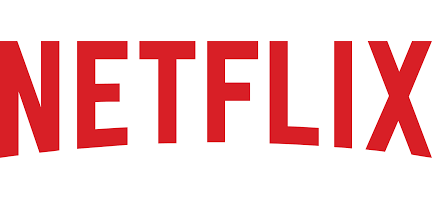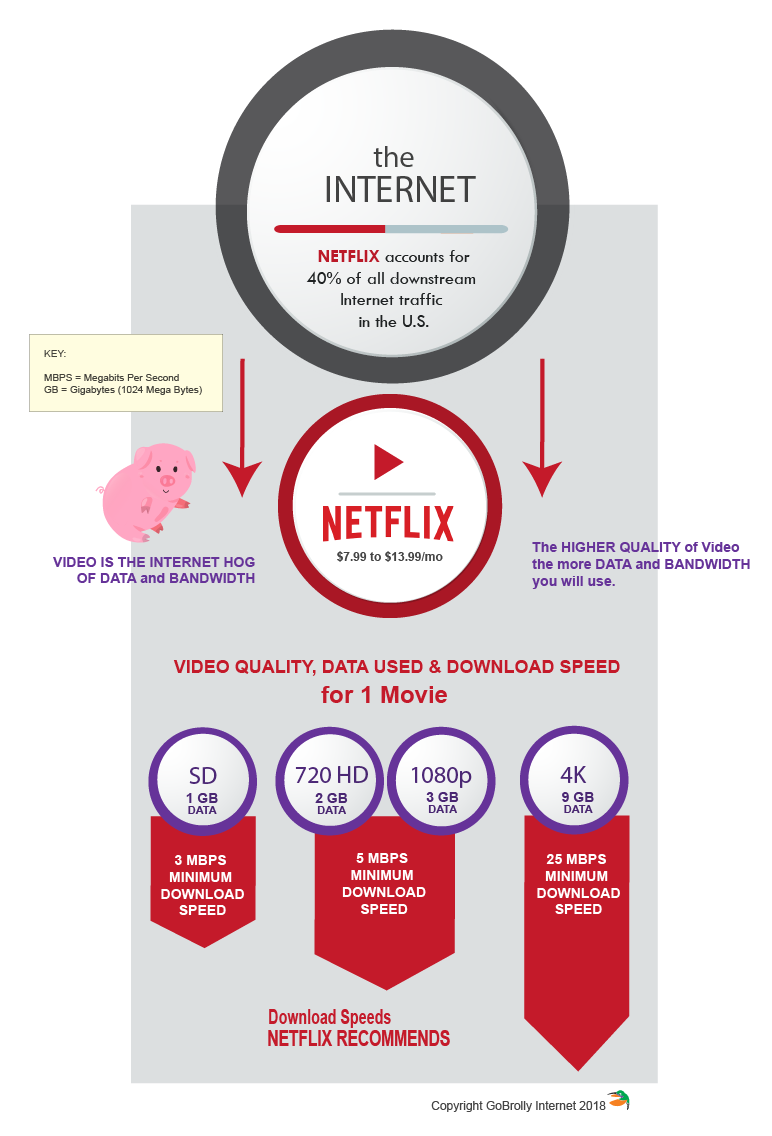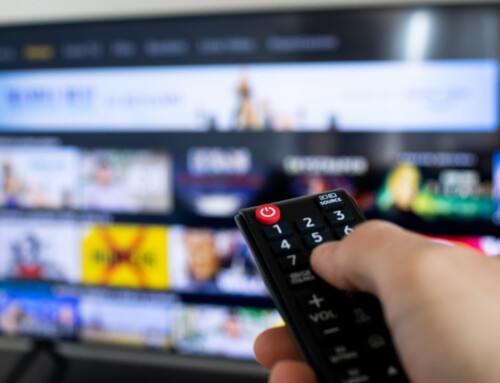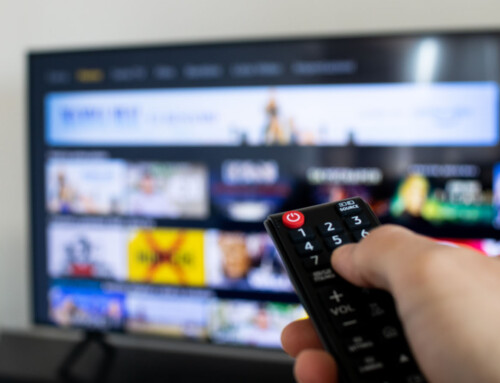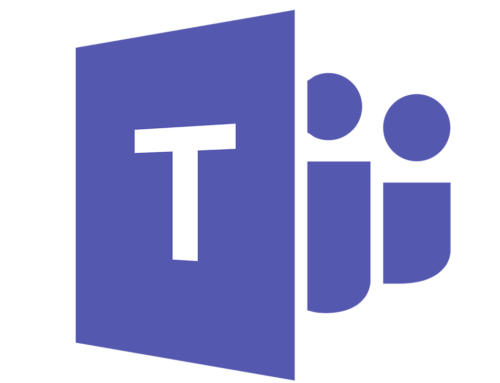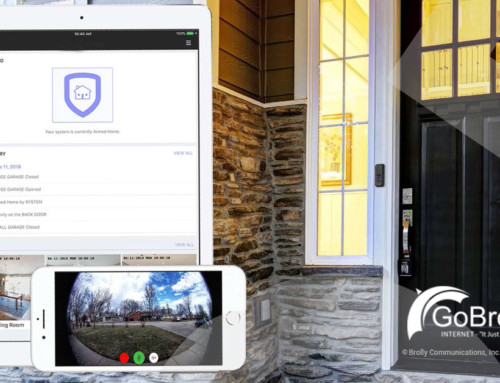Remember Blockbuster? The movie rental giant who at one time had over 9000 locations across the U.S.? You could rent a couple of movies, grab a bucket of popcorn and settle in for a nice Saturday evening. Enter Netflix, who in 2007 started selling streaming services through the Internet with “video on demand,” giving subscribers access to thousands of TV shows, movies, documentaries and more without commercials.
BAM! Seven years later, Blockbuster started closing stores. Now Netflix is the video giant. (Not without problems, the struggle was real for them, but that is another post for another time.) That is because with a small monthly fee subscription and a good Internet service provider, you can have movies and shows at your fingertips without leaving your house.
Netflix allows users to turn on their TV and tune in to anything they want (available on Netflix) at any time. “Binge Watching” is now a term coined by users who watch an entire season of a show in a couple of days.
Data and Bandwidth Required to Stream Netflix
How much data do I need to Stream Netflix?
Does watching Netflix use data? The answer is yes. Currently, Netflix accounts for nearly 40% of all downstream Internet traffic in the U.S. We can all agree that anyone who subscribes to Netflix, Hulu or any other streaming service has seen that nasty buffering symbol. The one that pops up on your screen and freezes your show, all because the data is not transferring fast enough through your Internet connection. This is because you don’t have enough upload and/or download speed to stream the data.
According to Netflix, 1 GB of data is needed to stream Netflix standard definition or SD video for 1 hour and for HD video, 3 GB is required per hour of video. Since Netflix video streams to your device, content is downloaded to the device temporarily. This is why we call video the Internet hog of data and bandwidth.
Bandwidth is the volume of traffic your computer uses from the internet. Like a highway during rush hour, multiple devices on the Internet can sometimes fill the bandwidth speed to maximum capacity. Netflix 4k bandwidth requirements for example is 25 Mbps or Megabytes per second. So if you are streaming to multiple devices you’ll need 25 Mbps each.
What bandwidth do I need to Stream Netflix?
Let’s bring things back down to reality. HD or Netflix 1080p data usage averages to around 5 Mbps. So, over the span of a month, is 150 GB enough for Netflix? If an hour of Netflix programing uses around 1 GB of data, 150 GB of data would give you 150 hours of Netflix streaming bliss! Divided by 30 days for a month, the number of hours you could watch would average to around 5 hours per day.
To have a have an uninterrupted “binge watching” experience, Netflix website recommends a 3 Mbps download speed to play a single SD quality video. GoBrolly knows that you need at least a 1.5 Mbps upload speed to play this video without buffering. This is exactly why all of our plans include enough data and bandwidth for streaming Netflix and also provides a perfect bandwidth Internet solution for two people or devices that use the Internet simultaneously.
(You can check out your current Internet speed here at https://fast.com/ which is a site powered by Netflix.
In past blogs we have noted the data Netflix uses, and how much bandwidth (or speed) is required to stream videos. It is also important to remember that this figure is per movie and PER DEVICE. Which means, as mentioned earlier, if you have multiple devices using Netflix at once, the bandwidth and speed will increase.
Note that this fact applies to any device regardless of the type. It doesn’t matter if your streaming on an iPhone, Apple TV, Mac, or PC the data usage stats will apply.
See our blog post on that here: Amount of Data and Bandwidth Required for Streaming Video

